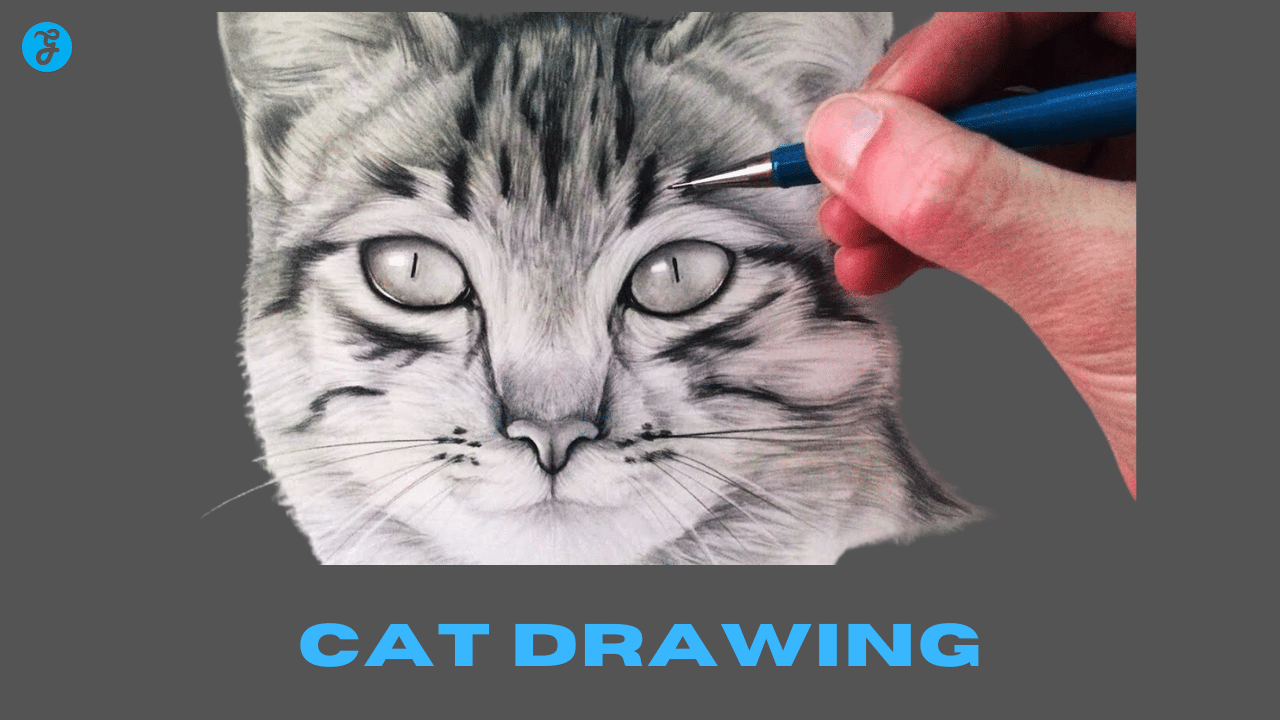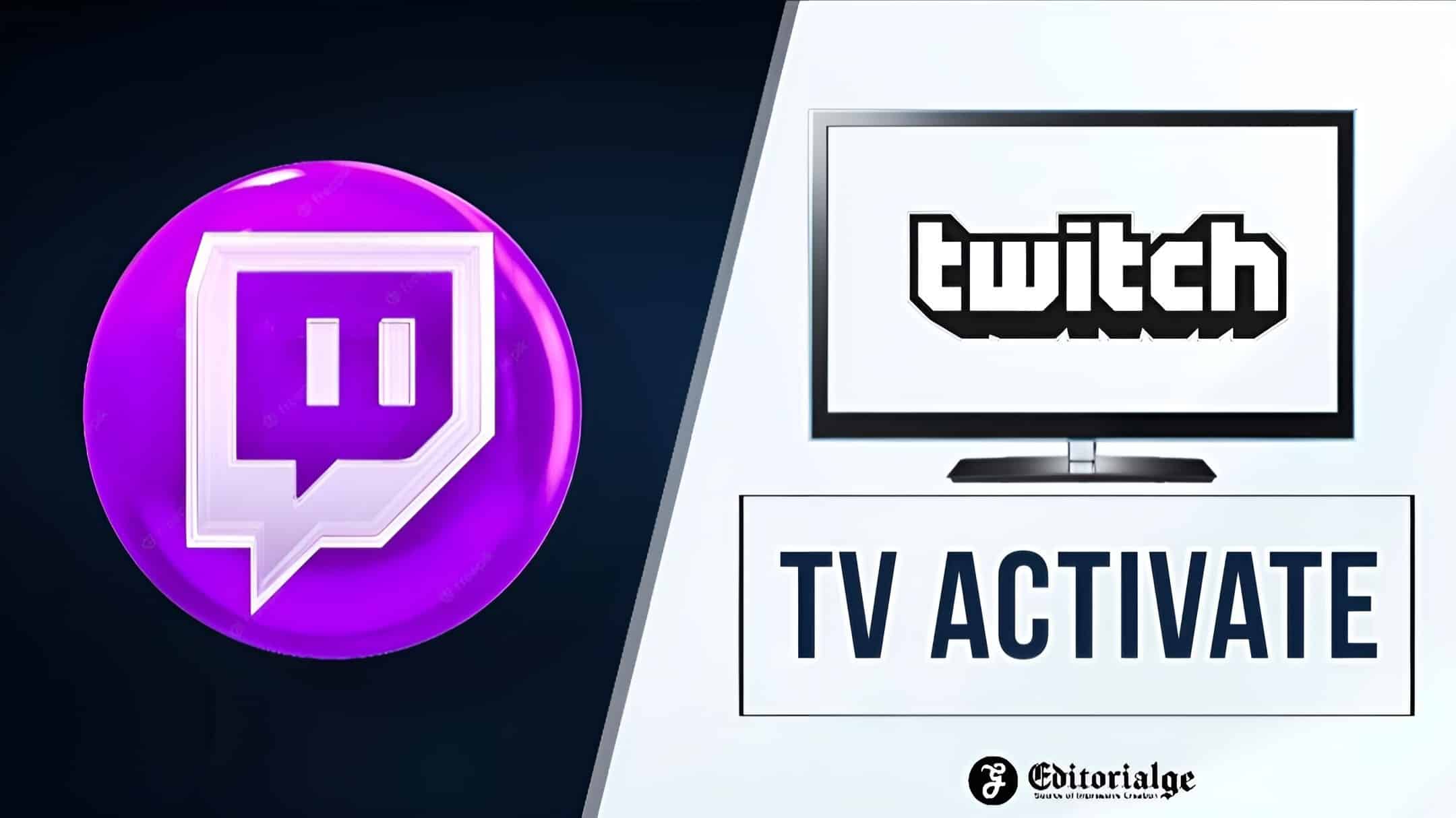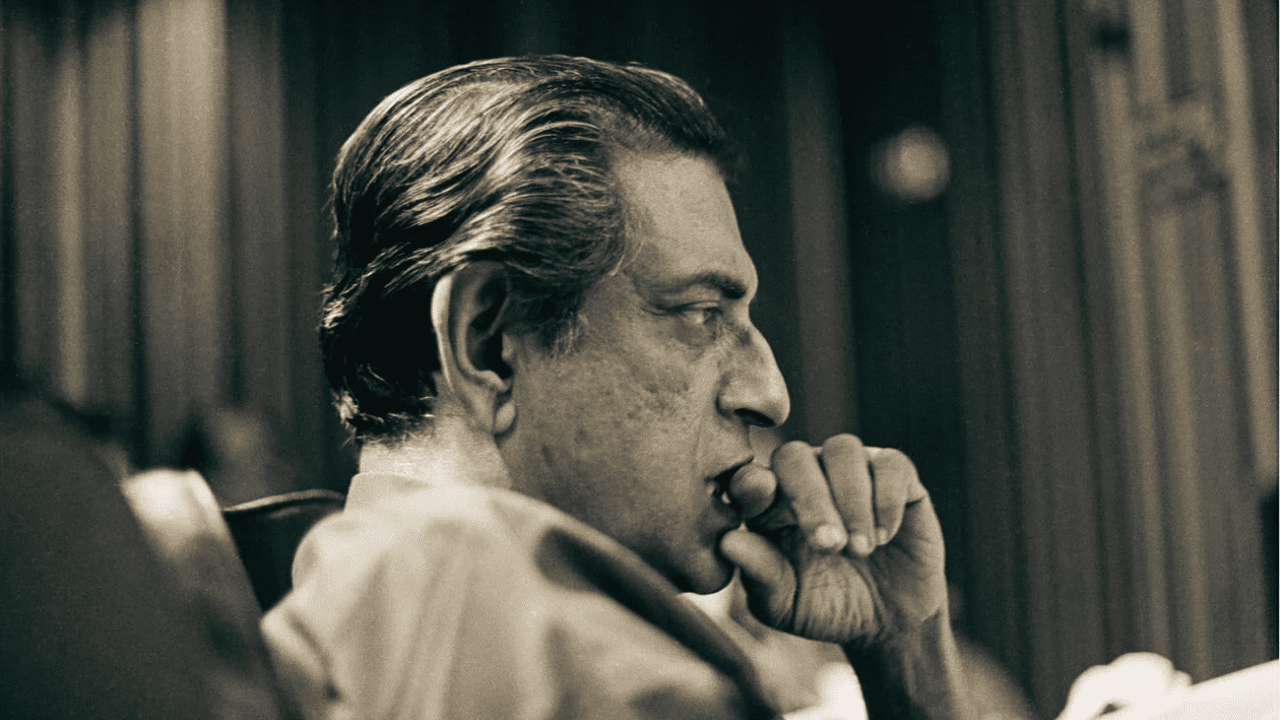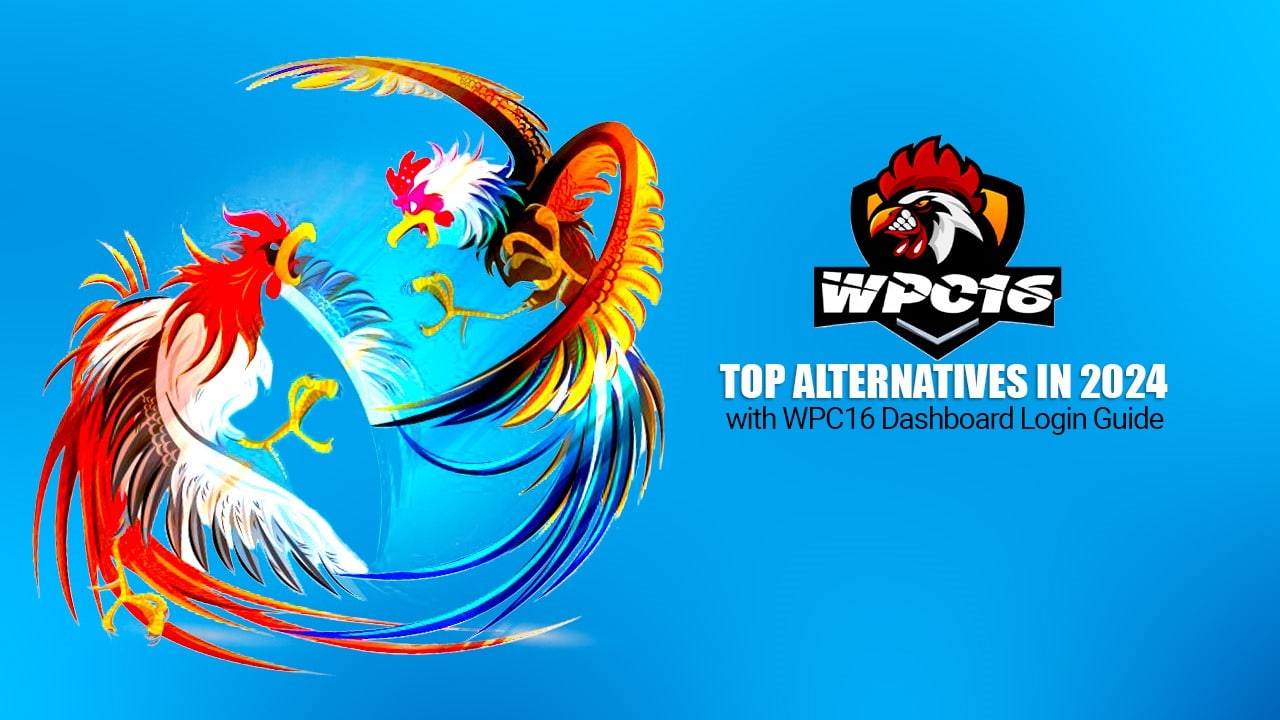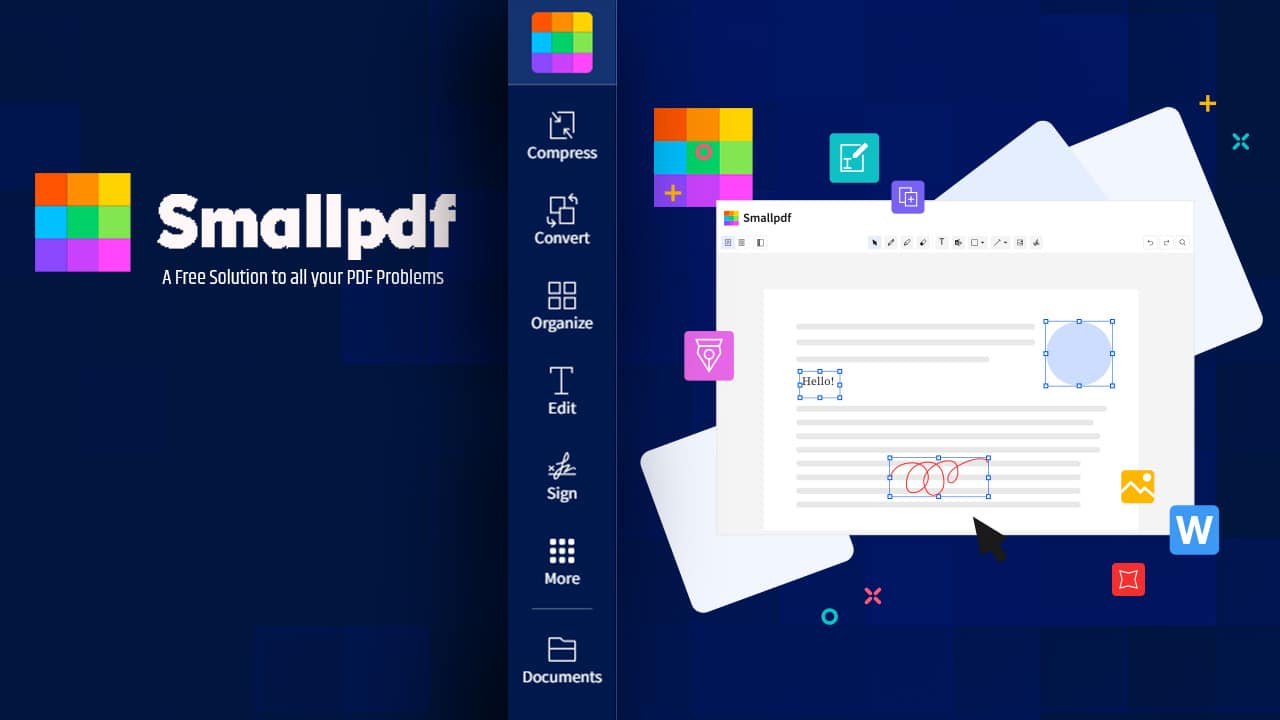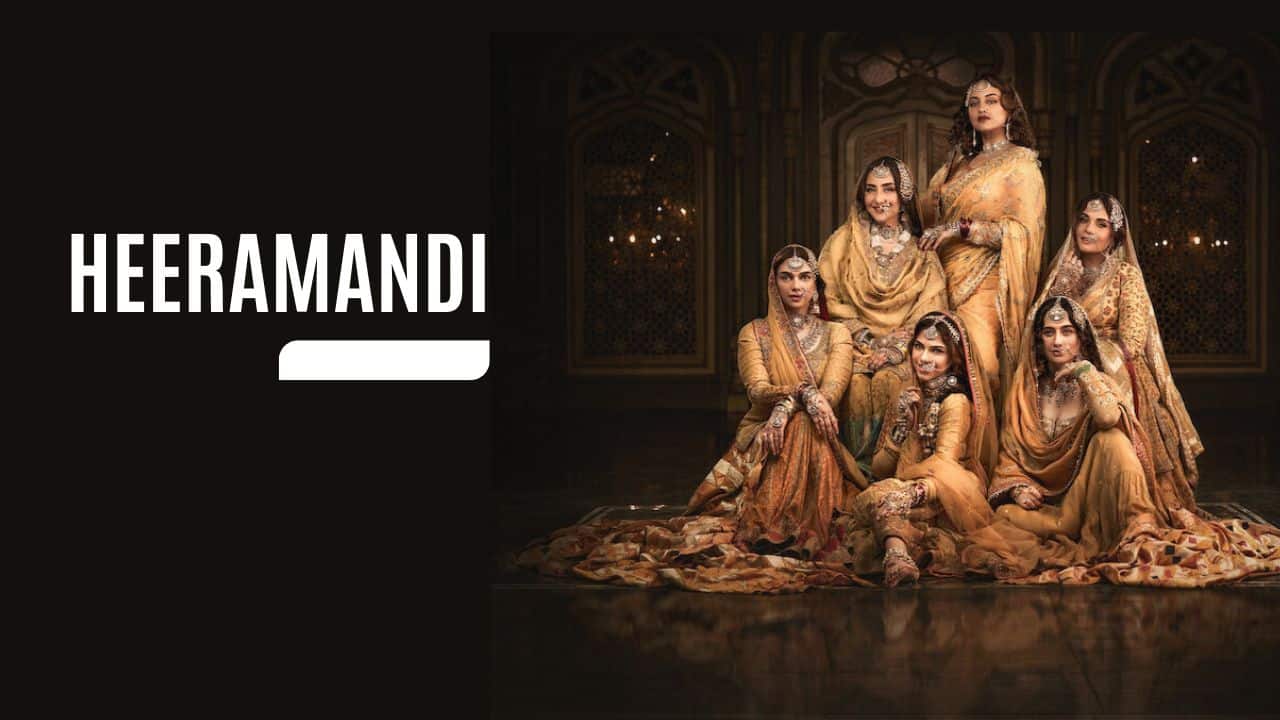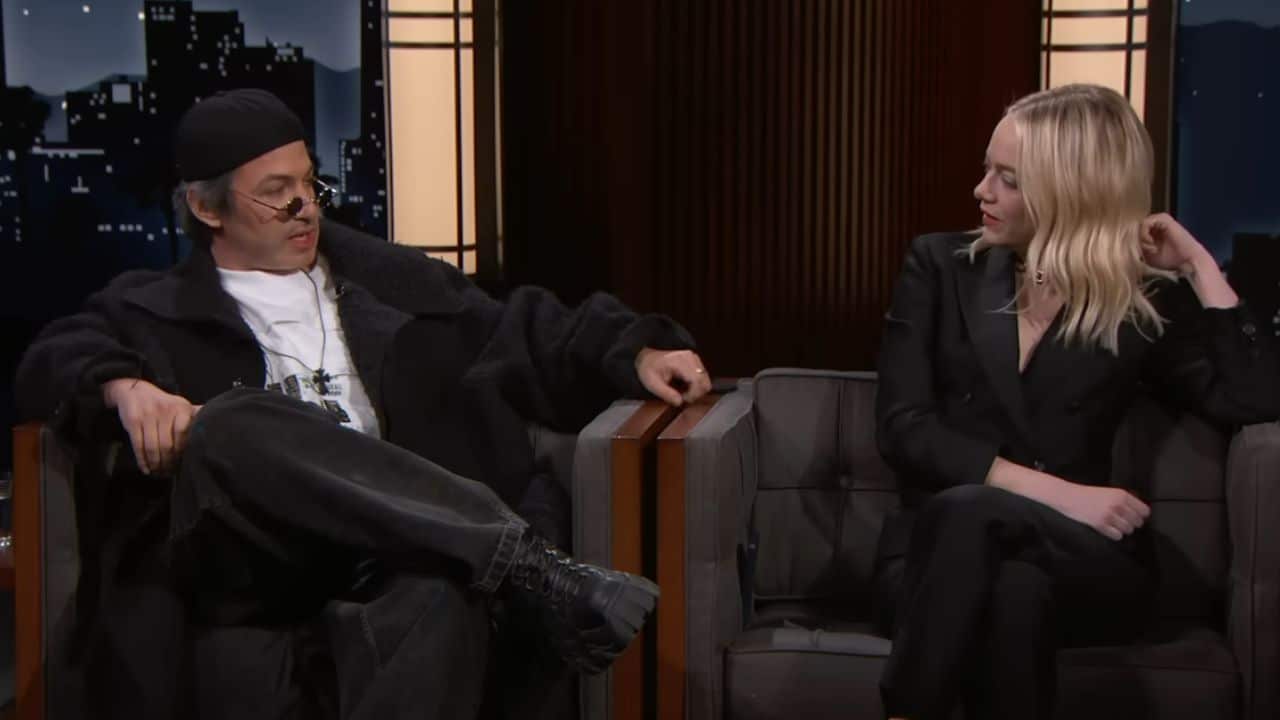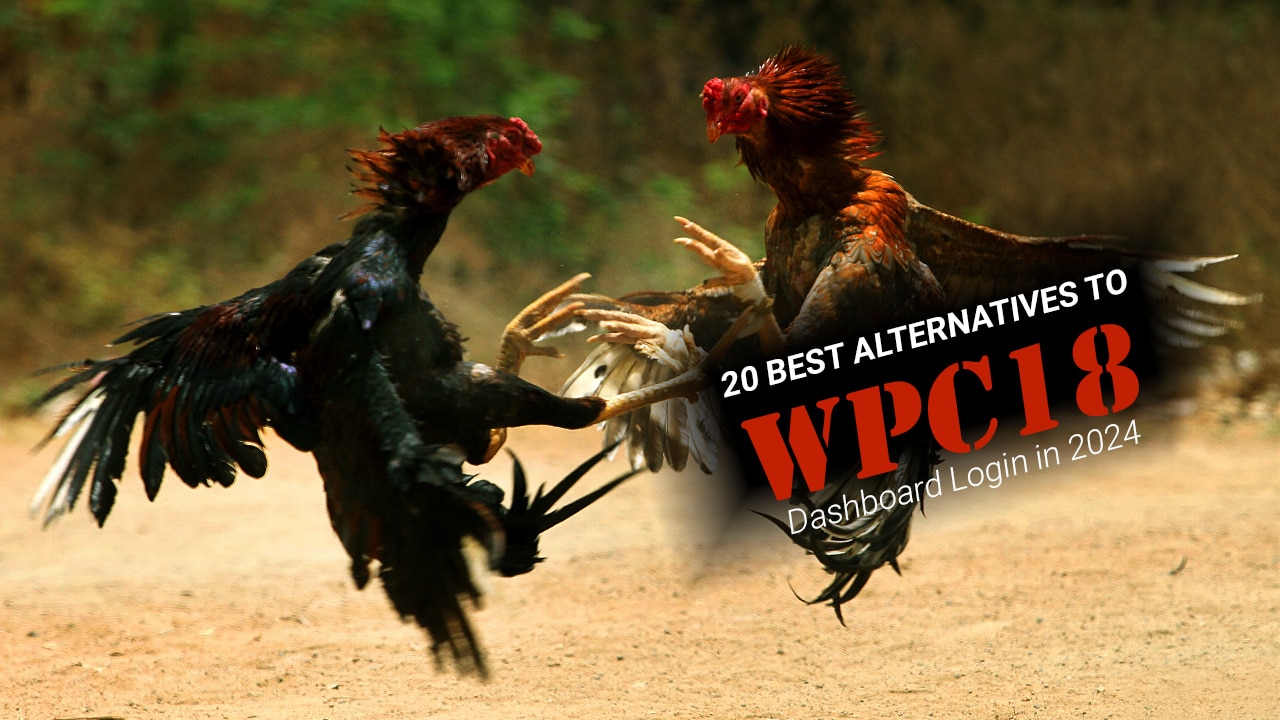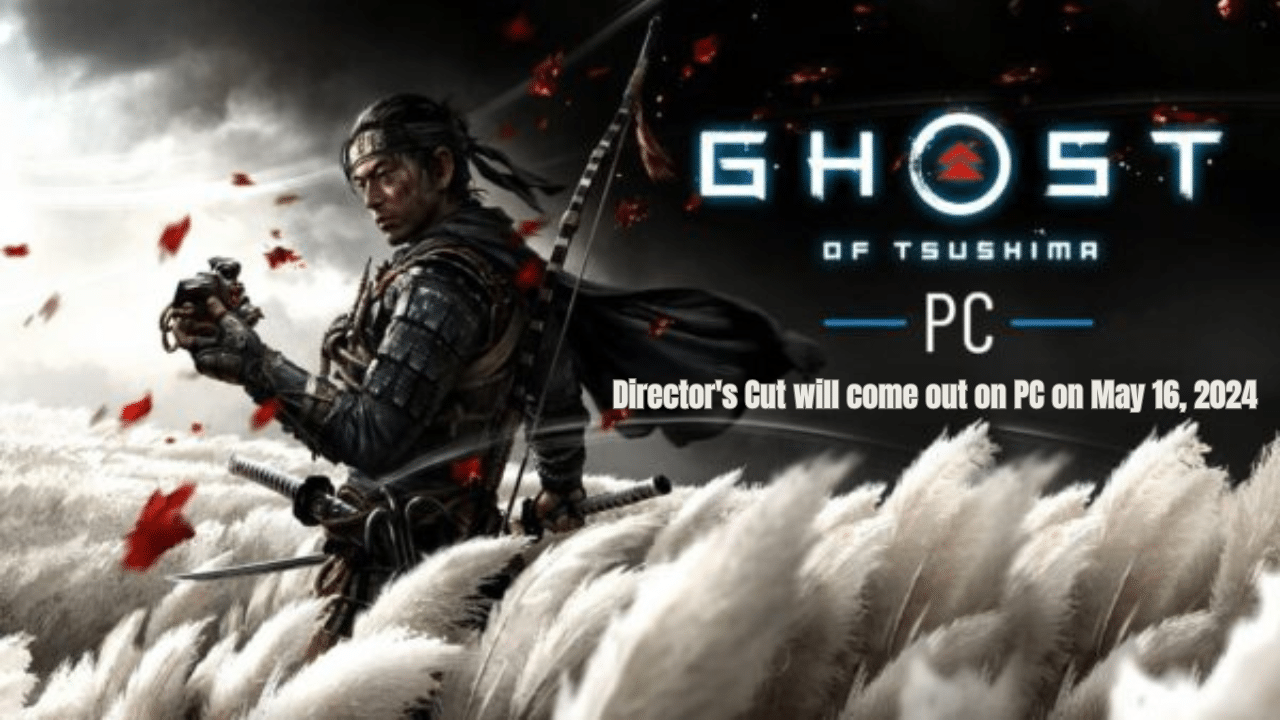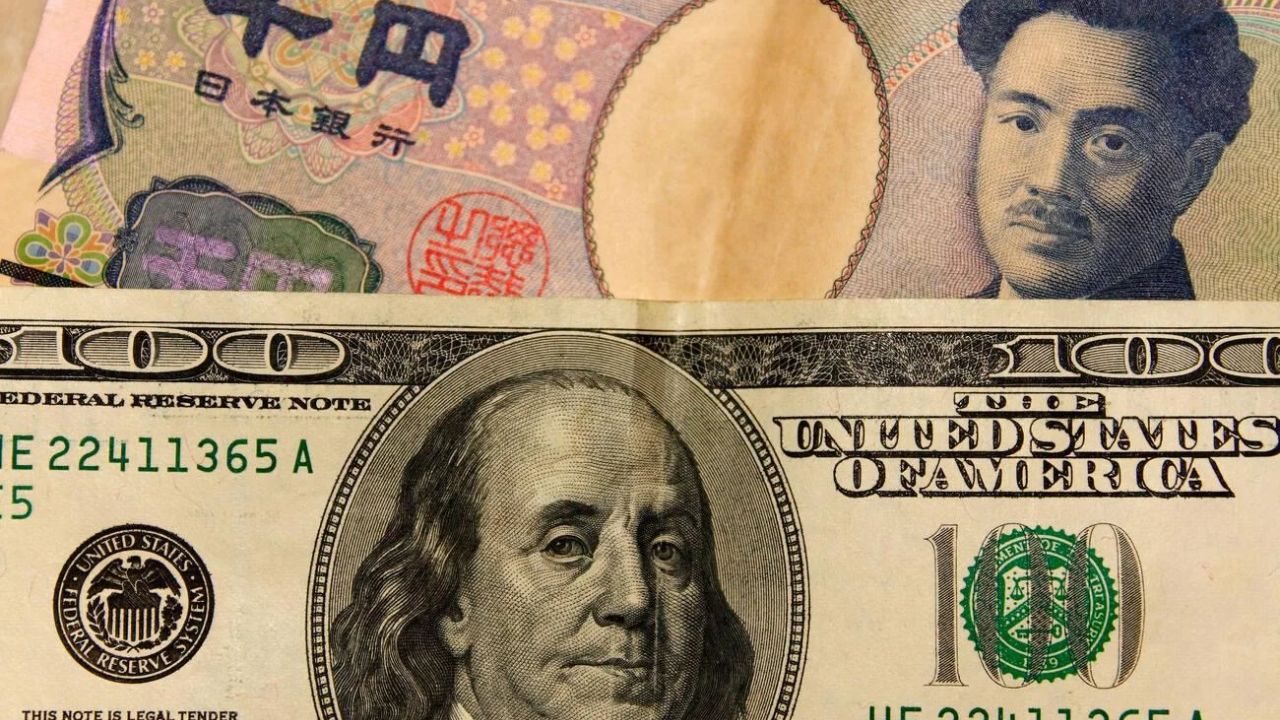Are you interested in learning how to draw cats easily in simple steps? Cat drawings have been around for centuries, from ancient Egyptian tombs to Internet memes. This article will provide all the information about cat drawing that you need to know and teach you how to capture its personality through your art pieces.
Let’s explore the world of cat-drawing together!
- Understanding poses, facial expressions, and body proportions are the key elements of cat drawing.
- Reference images help ensure accuracy in capturing a true-to-life portrayal of cats. while styles such as Mrrp Cat, Realistic Cat, Chibi Cat, and Cartoon Cat bring unique approaches to art.
- Creative additions such as bows or collars help express individual characteristics specific to each cat’s personality.
- Platforms like social media facilitate the sharing of artwork with fellow enthusiasts. Opportunities for pet portrait digital art are also being developed.
Basics of Drawing a Cat
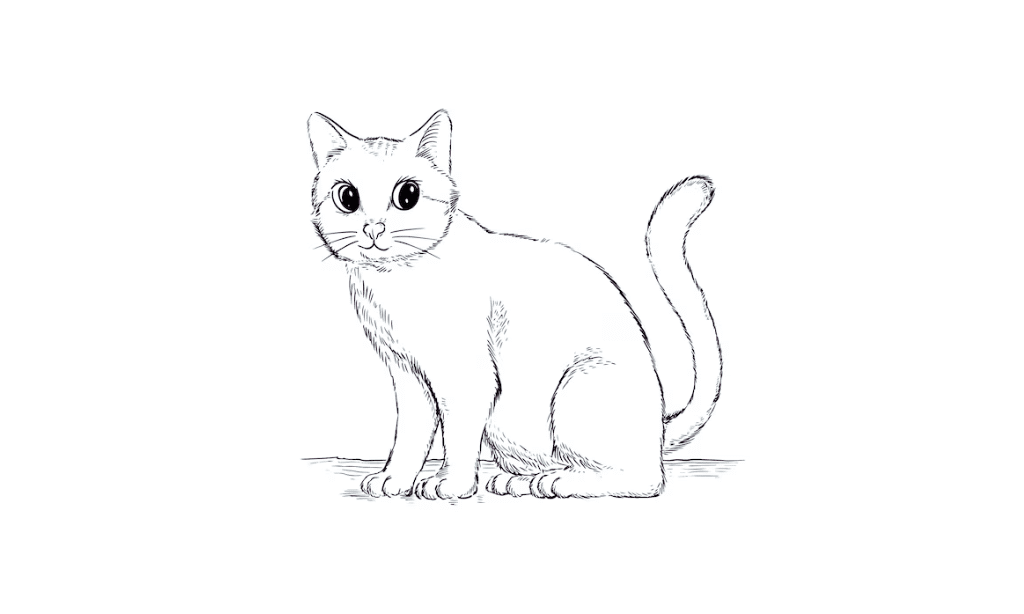
Get familiar with the fundamentals of cat drawing, such as posing, facial expressions, and body proportions. Utilizing reference images can help you draw a more accurate representation of cats in your artwork.
Cat Poses
Talking to cats always reveals that there is much more than meets the eye. Cats reveal their true nature only through the way they hold themselves in different poses. For an artist, it’s essential to accurately capture a cat’s pose and personality on paper or canvas while drawing them.
To do this, it’s important to understand how cats move and construct each of these poses by considering its underlying skeletal structure and the construction technique required for every posture.
There are various typical cat poses, including stretching (known as the Catloaf), sitting, and prowling, which require specific muscle construction from a skeleton-based understanding.
Learning about the anatomy of cats – like how the head attaches to the neck; body proportions; and pointing out features like eyes and muzzle are all things you need to consider when drawing a believable position for your feline friend on paper or canvas accurately.
for an enriching experience one should use reference images; viewers can observe movement pattern micro adjustments helping artists draw exactly what viewers want from copying animated photographs into still drawings.
Cat Facial Expressions
Cat facial expressions can be interpreted to some degree by humans, and this understanding of cats’ feelings is a powerful tool for adding realism to cat drawings. Studies have shown that people are quite good at deciphering what cats are feeling based on their facial expressions.
A study in 2018 found strong correlations between videos of cats displaying specific emotions such as happiness, anger, or fear and the labels assigned to them by viewers. Having the ability to connect with a cat emotionally when drawing them can help capture its personality better on paper.
When drawing, it’s important not only to pay attention to key details like body shape but also intangibles like emotion and atmosphere. Unraveling subtle nuances in things your subject says or expresses through minimalistic gestures will bring dimensions of character into your pieces that you might not have been able to anticipate before actually working with them on paper or digitally.
Cat Body Proportions
Cat body proportions are an important aspect of cat drawing. To create a realistic and visually appealing cat drawing, artists should pay special attention to the various elements that make up a perfectly proportioned feline figure.
Start by sketching out the main shapes: a long oval for the torso, a circular shape for the head, cylindrical form for the legs and tail. When creating these shapes, it is important to consider the length and height ratios as well as overall size in relation to the other elements of your artwork such as background or environment.
The size of the head is also very crucial – it can be too large/small and cause imbalance in your illustration. It’s essential then to match these values with breed standards based on reference images (e.g., Siamese cats have small bodies with large heads).
Additionally, take into account how limbs connect or separate from one another — this will vary depending on whether you’re depicting action or simple restful poses like sleeping or laying down — so position legs at angles that appear both anatomically accurate and fit within movement mechanics accordingly.
Using Reference Images
Gathering reference images is an important first step when drawing a cat, as it will provide the foundation for your artwork. Reference images are snapshots of the subject you intend to draw that can be used to capture the anatomy and details of your feline friend accurately.
With traditional tools such as pencils and paper, using multiple references while sketching will help ensure accurate proportions and unique markings on your pet. When using digital tools, imagery can be found quickly online or by taking photos with your phone camera—organic textures may also be scanned into computer software for added detail if desired.
Using references is particularly helpful for difficult animal parts like fur or feathers which require more attention from an artist’s viewpoint. Ultimately, being well-researched when starting out a drawing project helps you take full advantage of every creative possibility!
Different Styles of Cat Drawing
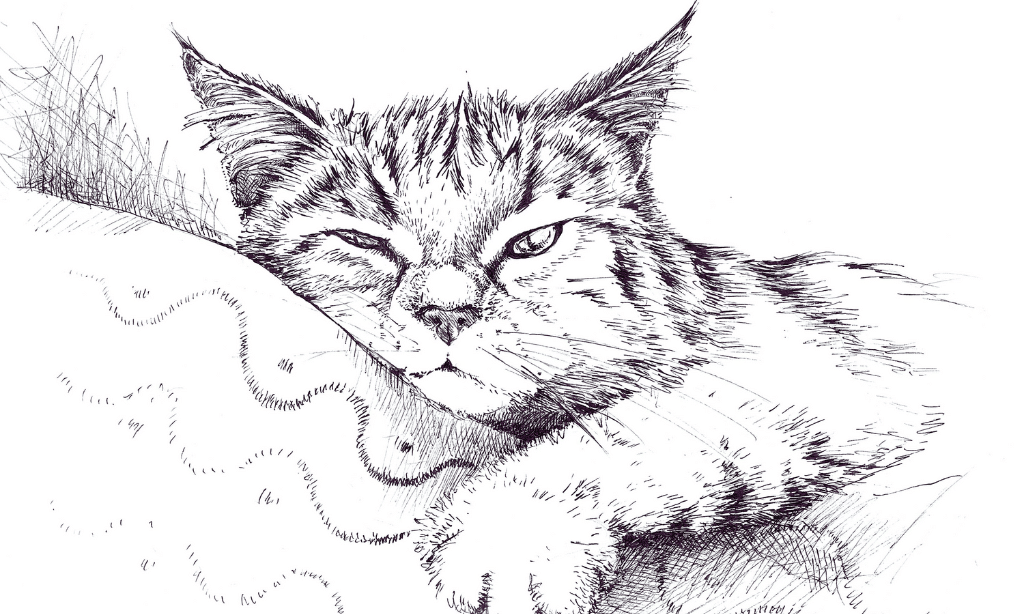
From Mrrp Cat to Cartoon Cat and Whimsical Cat, explore the endless possibilities of elevating your cat drawing!
Mrrp Cat
A Mrrp Cat is a fun and unique style of cat drawing that captures the essence of a cat’s playfulness and curiosity. It has distinct characteristics such as large, almond-shaped eyes with circular pupils; short, stubby legs; long whiskers; pointy ears; triangular facial features; and an overall circular shape.
The body parts are often drawn in abstract or doodle form rather than relying on traditional perspective or proportion techniques. This whimsical style also typically includes childlike elements like easy-to-draw stars, circles, waves, and simple backgrounds to exaggerate the cartoony feel further.
These elements allow young artists to unlock their creativity when it comes to chicken sketching because they don’t have to worry about paying close attention to small details like getting accurate proportions correct every time they draw something new—they can just focus on expressing themselves instead!
Realistic Cat
Realistic cat drawing is a challenging yet rewarding style of art where the artist seeks to create a lifelike representation of their animal subject. Careful observation, attention to detail, and mastering proportion are key in capturing a true-to-life portrait of a feline friend.
To ensure accurate proportions, it is essential to observe cats’ poses and facial expressions in real life as this allows for more dynamic drawings with an exact likeness. When rendering fur details, look closely at the way individual hairs overlap and reflect different amounts of light in order to achieve the most realistic finish possible for your drawing.
Additionally, practice using shading techniques such as hatching or stippling to create texture that makes it appear like even soft kitten fuzz turns fuzzy when seen up close. With steady dedication and patience, you can make your—or any other—cat come alive on paper!
Chibi Cat
Chibi cats are a popular style of cat drawing, taking traditional and realistic depictions up a notch with exaggerated features for more personality and cuteness. Their simplified shape easily captures the charm of felines in all their adorable expressions.
Chibi cats feature rounded cheeks, large eyes, ears that come to big points, and often have accessories such as bows or collars – much to our delight! This creates not only dynamic poses but also unique illustrations that make great gifts or collections.
They can be featured prominently in online tutorials like Udemy’s “Realistic Cat Drawing,” where instructors explain how you can replicate them using fun step-by-step projects perfect for beginners.
Cartoon Cat
With its instantly recognizable black outlines, bulbous eyes, and whimsical grin, Cartoon Cat is an urban legend created by horror artist Trevor Henderson. In appearance resembling a 1930s-era cartoon cat, this fun and fabulous drawing has grown in popularity among artists around the world since its initial creation seven years ago.
Now those interested in learning how to draw Cartoon Cat can find tutorials on the dedicated YouTube channel full of helpful videos offering step-by-step instructions for aspiring cartooners.
The videos are often accompanied by written guides as well as downloadable worksheets that offer a comprehensive overview of all things related to this unique style of cartoon animal drawing! Additionally, hints at more Cartoon Cat drawing adventures down the line leave people eager and waiting for what’s next from our beloved feline friend.
Whimsical Cat
Whimsical cat drawings combine a childlike sense of fun, a vivid imagination, and vibrant colors. Artists often use exaggerated details such as wild and unkempt fur, broad smiles, chunky bodies with long limbs, huge eyes that take up half the face, and backgrounds filled with dreamy landscapes or playful objects.
They add bold colors to create an atmosphere that is lighthearted and engaging. These distinct features make it easy to identify whimsical cat illustrations thrilled by their surreal nature! By going outside of the boundaries of more traditional art forms like realism or naturalism, these captivating cats can serve in many roles— from being mascots for companies and characters in children’s stories to being featured on wall murals or simply uplifting works of art created just for entertainment.
Whimsical cats are a testament to how effective using your imagination can be when making artwork – especially when it comes to representing one adorable kitty!
Minimal Cat
Minimal Cat is a black-and-white style of drawing cats with an emphasis on simplicity and minimalistic elements. Minimal Cat drawings are typically created using digital tools such as Procreate iPad, as well the tried-and-true ink sketches from a traditional sketchpad.
In 2017, there was a 30-day minimalist cat drawing challenge where participants were given tasks to create unique Minimal Cat pictures – these often entailed working from 9 x 12-inch sketchbooks with only black markers as their tools.
Through making clever use of fine lines and contours, those who took part in this challenge were able to make some beautiful pieces featuring bold monochromatic designs that accurately conveyed the spirit of our feline friends!
Tips for Capturing a Cat’s Personality in a Drawing
Incorporate unique features, add accessories, and use colors to express the cat’s individual characteristics in a drawing.
Incorporating Unique Features
When drawing cats, it is essential to consider their individual personalities and features. To truly capture the essence of a specific feline, pay attention to key characteristics that make it distinct from its peers.
These include facial expressions, such as intense, wide-set triangular eyes or sleepy-looking hooded eyes. Additionally, consider their unique markings, whether it’s a tuxedo pattern, a multi-colored fur coat, or other distinctive features. Also, observe the size and shape of their paws and take note of any unique fur textures that add to their charm.
Akatsuki has identified five distinct personality types based on their interpretation of cat paw characteristics. These types are known as the ‘Star Paw Type,’ representing individuals who tend to be positive thinkers and approach life with optimism.
In addition, pointing out distinctive details is often necessary to bring the character to life! Colors should also be used thoughtfully depending on the atmosphere you want to create in your creative drawing.
Adding Accessories
Accessories can add a touch of cuteness to cat drawings and help bring out their personality. From bowties to hats, accessories are the perfect way for artists to express the uniqueness of individual cats’ styles.
Not only do they provide detail, but they also allow viewers to further connect with these drawings. When carefully applied, accessories on cat drawings can convey a certain kind of mood that perfectly personifies its furry subject.
For example, a black top hat bobbing atop the head of an elegant Persian cat conveys mystery with an added air of sophistication – something that isn’t possible without the inclusion of this accessory! Accessories are also great ways for artists to show off their creativity; incorporating uniquely shaped helmets or glasses into their work is one surefire way for them to stand out from other artists in this field.
Using Colors
Colors can be used to add personality and character to a cat drawing. When selecting colors, choosing shades of grey or white for the background and using complimentary color palettes on details and accents can create more depth in the artwork.
If you’re aiming for realism, make sure your colors are true-to-life; however, with cartoons or chibi cats, experimental color pairings can help bring life to a dull painting. Additionally, it’s important to consider lighting when creating shadows and highlights – proper use of shading will create more dimension in your art piece and reflect what the final look would be like in real life.
To show visual emotion, using warmer tones towards the front of the face or along an arching spine will give oomph and energy to any canvas depicting cats with attitude!
Latest Trends in Cat Drawing
Art enthusiasts around the world have been exploring and experimenting with taking cat drawings to a new level and exploring popular trends such as pet portraits, cat doodles, illustrations, comics, and more.
Pet Portraits
Pet portraits have become increasingly popular during the pandemic, allowing many to remember beloved pets or bring their furry friends’ personalities into art. Many artists have been creating pet portraits throughout art history.
One such renowned artist was Hercule, whose works inspired generations of pet portraitists and regularly supported charities like Turning Tides. Similarly, James Thomas produces highly detailed pet drawings that symbolize key individual traits of cats as a way for people to remember them even after they are gone from their lives.
The community has also seen an influx of digital cat drawings and commissions starting in 2020 which will continue on by 2022 due to their affordability and convenience both for buyers and sellers alike; these areas are expanding rapidly as more tutorials like Paws By Zann’s Pet Art Blog featuring step by step instructions on how to draw cat noses appear on the internet making it easy for anyone regardless of skill level to get involved with drawing cats!
Cat Doodles
Cat doodles are creative and distinct drawings of cats that go beyond traditional drawing tools. They are known for their use of simple lines and shapes to capture a cat’s individuality and personality.
Unlike other types of cat drawing, doodles often have a whimsical approach featuring an imaginative element full of expressive facial expressions. Cat doodlers choose colors carefully to accentuate features like fur texture or create intricate patterns in what can be quite a time-consuming style choice.
Different from realistic portraits or cartoonized versions, these playful pieces often show off how unique each individual feline is with joyous flourishes indicative of the artist’s own creative talent rather than mere technical skill alone.
Cat Illustrations
From the works of artist Louis Wain in the late 19th century to contemporary cartoons and doodles, cats have come a long way as an enduring subject matter in art. Cat illustrations are chock full of personality with their Russet eyes and creative poses allowing for variety and creativity among artists.
This style has crystallized into one that is recognizable worldwide, contributing to its widespread appeal. Famous for his endearing images of cats, London-based artist Louis Wain’s career began when he was commissioned by The Illustrated London News to draw pictures of cats in 1886.
He created an entirely new world where mannequin-like felines became Haskells riding on horses or teacup tigers drinking tea while dressed up like humans – talents standardly observed within today’s popular cartoon characters.
Cat Comics
Cat comics have quickly grown in popularity among readers, offering a unique way to explore vivid imaginary worlds and funny stories. Cat comics are often crafted with incredible detail to highlight the character’s personalities and charm.
Versatile artist such as Nikita (@drewanimal) have used their talent to create beloved cat comic series like “Cat & Cat Comics,” infusing humor and relatability into each panel while going beyond just cats.
Books like “Cat Kid Comic Club” also feature anthropomorphic characters that encourage imaginative storytelling for all ages. Behind these amazing creations, pencils tend to be the preferred choice of art materials for bringing out fine details in each image, but other mediums such as watercolors or digital tools have gained favoritism from fans due to their ability to add vibrant colors and tones which helps focus on character expressions much better compared traditional techniques.
Tools and Materials for Cat Drawing
Start your cat drawing journey by exploring the materials needed, such as pencils, colored pencils, markers, watercolors, and digital tools.
Pencils
Pencils are a fundamental tool for drawing cats, allowing artists to sketch out ideas and add shading with precision. There is a variety of pencils available on the market, from graphite pencils to color pencils.
Graphite pencils come in different grades from very hard (H) to very soft (B). Harder pencil lead gives thin lines while softer lead produces darker shades that can be blended together easily.
Color Pencils give more vibrancy and depth than the traditional Pencil; they offer an array of shades consisting of both warm and cool colors which allow cat drawings more vibrant expressions.
Colored Pencils
Colored pencils offer a versatile and convenient choice for cat drawing, allowing the artist to create unique and colorful illustrations. They can be used in myriad ways to produce stunning results, from adding details such as whiskers or realistic eyes to layering colors to add depth and texture.
Drawing with colored pencils can help capture important features that make cats so distinct – bright green eyes, mysterious markings on their coats, and even unique accessories like bows and collars.
By combining different techniques such as shading and color blending, artists can create extremely vibrant drawings full of expression and life. With careful use of light layers or fusing several hues together, it is possible to create almost any color combination desired! Colored pencils are an excellent way for both amateur illustrators and experienced professionals looking to add a special touch to their cat drawings.
Markers
Markers are ideal for drawing a realistic cat as they allow you to create all the details, shadows, and highlights that make your illustration look lifelike. Whether you’re creating a portrait of a beloved pet or using markers to fill in the outlines of your cartoon kitty character, these versatile tools give color and depth to your drawing with unique shades and textures.
Using markers helps add detail while still enabling easy adjustments if changes need to be made. Additionally, by adding contrast between colors and incorporating intricate, layered shades, markers can bring energy to an image or offer subtle nuances that bring out its personality.
With their great variation in colors and techniques such as blending layers together, it’s no wonder professional artists opt for markers over traditional painting materials when creating beautiful cat illustrations!
Water Colors
Watercolors can be a great medium for cat drawing, as they provide an unpredictable and fun way to capture cats’s unique personalities. Using watercolor paints mixed with paper and water creates dynamic results that are often impossible to reproduce when using other materials.
Drawing cats in watercolors involves techniques such as sketching basic shapes, adding details, applying shading and texture, and adding color. A great resource to learn more about this medium specifically for cat drawing is the book “Painting Cats” by artist Konstantin Sterkhov who often uses his own pet Ricci as a model for his artwork.
With careful practice and patience, anyone can learn how to use watercolors effectively in capturing their own perfectly imperfect feline friend on canvas or paper!
Digital Tools
Digital tools have made cat drawing easier and more efficient. Aside from the traditional materials such as pencils, markers, and paint that were used for manual drawings, many artists are now using digital technologies to create a wide variety of cats digitally.
Drawing tablets allow users to draw directly on the screen tablet similar to paper with the help of combining a pressure-sensitive stylus such as Wacom or Huion pens. Digital drawing apps like ProCreate can be installed on your computer or mobile devices with specialized brushes equipped with different texture options, making it easy to ‘paint’ artworks effortlessly.
Additionally, Software like Adobe Photoshop provides powerful editing capabilities so you can quickly make changes without having needing start over again manually. With all these amazing tools available today, creating delightful art starring cats has become an accessible activity suitable for everyone regardless of skill level!
Step-by-Step Guide to Drawing a Cat
[Video Credits @Super Easy Drawings]
Follow a detailed guide to create an accurate and life-like cat drawing, including sketching the basic shapes, adding details, shading, and texture, as well as color.
Sketching the Basic Shapes
When starting to draw a cat, it’s important to begin with basic shapes. Use circles for the head and body, ovals for the legs or torso, triangles for pointy ears and eyes, and straight lines for anything that’s straight like the tail or jaw line.
This is called ‘block in’ or blocking out your drawing because you are sketching several simple forms on top of each other which act as guidelines to keep your perspective consistent as you add more details.
While doing this make sure all elements are at the correct scale relative to one another. Anatomical landmarks such as cheeks, and muzzle area under the chin should be considered since cats have round faces but an angular skeleton especially around joint areas should also be noted while building up these shapes.
Adding Details
Adding details to a cat drawing can be the deciding factor in how lifelike it looks. Capturing the texture of fur, emphasizing facial expressions, and incorporating unique features all add character to the final outcome.
As experienced artists know, small details make all the difference when trying to create realistic and believable drawings. First, using reference images can help greatly in creating accurate proportions and shapes while adding your own unique spin on things.
Next, by paying close attention to subtle differences between breeds such as paws or ears as well as getting creative with accessories like collars or glasses you put personality into any type of drawing from Mrrp Cat style depictions all the way over Chibi Cat styles.
Applying Shading and Texture
Shading and texture are crucial elements in cat drawing as they help to bring life and realism into the art. By using a combination of different shading techniques, such as cross-hatching or stippling, the artist can create lifelike shadows on their cat’s fur which adds an extra layer of dimension to the overall drawing.
Other texturing techniques, such as dry brushing or smudging, help simulate realistic fur textures while also helping to capture any subtle gradients that may be present in light sources.
Together these two techniques work together harmoniously in order to make a flat image appear much more three-dimensional and real-looking. Apart from adding visual appeal, shading and texturing correctly is essential in portraying how cats move naturally (such as postures) by emphasizing certain parts of their body structure like fur direction changes, muscles, or detailed facial expressions.
Adding Color
When creating a cat drawing, using color is a great way to bring your artwork to life. Color can be used to create a wide range of moods and styles in your drawing. For example, warm colors such as reds and yellows will add energy and vibrancy, while cool blues and greens can give an impression of peace or stillness.
Using the right combinations of colors for shading can be incredibly effective when painting fur, particularly around the eyes and muzzle – soft purples make areas look more lifelike than harsh black lines alone.
Separating areas via strategic use of contrasting colors also helps create depth making flat planes appear 3-dimensional which gives realism to cats’ sleeping poses even if they are drawn cartoon style! Finally, allowing background elements to spill over onto the subject can help tie them together visually resulting in beautiful compositions full of detail that stand out from traditional animal art forms.
Finishing Touches and Finalizing the Drawing
Enhance your cat drawing with subtle adjustments and finishing touches to make it look polished and professional.
Tweaking Proportions
When drawing a cat, tweaking proportions can be an important step to ensure that the image will look realistic and accurately reflect the cat it is trying to portray. This includes making sure to capture the size and positioning of a cat’s head, body, and limbs in relation to each other.
The slightest change can significantly alter the overall dynamic of the portrait. When done correctly, tweaking proportions allows artists to convey specific attributes or unique characteristics about their subjects when depicting them through art.
For example, if an artist wishes for their drawing of a cat to look regal or distinguished they might choose to make its body longer in comparison with its legs compared with another breed such as Siamese which has shorter more compacted legs.
Defining Line Work
Adding the final touch to a cat drawing can be done by carefully adding definition to its line work. Defining line work is an important part of finishing touches that gives depth and dimension to your drawing.
Whether you are creating a more realistic or whimsical drawing, having well-defined lines allows the viewer’s eyes to take in all the details you have worked so hard on.
When defining line work, there are several techniques and tools that you can use. Varying line thickness can be used when sketching fur texture for realism or cartoon styles with thicker outlines such as Mrrp Cat style drawings.
Hatching and cross-hatching uses multiple strokes together in varying direction which gives added depth when shading areas like noses and cheeks while also helping define contours of the face or body shape for cats with fluffier coats such as Maine Coon cats.
Adding Background and Context
Adding background and context to a cat drawing can create depth, atmosphere, and mood in the artwork. The use of backgrounds and contextual elements will help to tell a story with the image and give it more meaning than a simple portrait of your feline friend.
Incorporating interesting elements into the composition helps set up an attractive environment for the viewer’s eye to explore, adding layers of complexity that elevate any work. Backgrounds can come in many forms – watercolor washes, detailed illustrations depicting certain scenes or places, and photographs digitally edited to fit into an artwork style; all are great ways to bring further interest into a drawing!
When creating these environments it is important not to overcrowd them as this might be confusing for viewers – instead, opt for subtlety where possible by using different shades within one color palette or strategically placing objects throughout the space.
With practice, you’ll soon learn how best to use your chosen techniques when crafting spectacularly detailed backgrounds worthy of any masterpiece!
Adding a Signature
A signature is an important final addition to any drawing, especially when it comes to cat drawings. A signature not only marks the completion of the artwork but also serves as a form of self-expression and can potentially lead to recognition and opportunities for the artist.
Oftentimes, signatures consist of a small version or initials of the artist’s name plus the year – which adds a personal touch to their pieces and helps establish their identity in the art world.
Signatures may also include details such as titles or other specific information related to each piece, perfect for documenting finished drawings/portraits that could be shown in art shows or exhibitions.
Sharing Your Cat Drawings
Publish your feline artworks by taking advantage of the many online communities, art shows, and exhibitions available today.
Social Media Platforms
In 2023, social media platforms have become popular for sharing cat drawings. Instagram had already become a go-to source for cute cat pictures and videos in 2021, but since then it has seen an appreciation from all over the world.
Instagram has introduced various new features to improve the experience of its users when it comes to sharing cat pics, such as adding 3D versions of your cats in Stories and creating custom filters showing you playing with your cats.
It also allows people to tag their friends’ pets so everyone can enjoy adorable pet posts together. However, formatting issues, overflooding content on feeds, or lack of information accuracy are some drawbacks that come along with relying heavily on platforms like Instagram for sharing cute animal content.
Online Communities
Online communities focused on sharing cat drawings are a great way for artists to connect with others who have the same love and passion for art. These platforms provide a unique opportunity to share your artwork with other like-minded individuals, receive feedback from experts in the industry, participate in creative conversations, as well as explore and discover new pieces of artwork.
By joining an online community dedicated to sequential art or pet portraits, members can become part of a vibrant community that fosters connection among its users while also giving them access to guidance and resources they need to continue their growth as an artist.
Additionally, these groups often organize virtual meetups which allow members to discuss everything from technique tips to industry trends and advice inside more intimate settings away from public view.
Art Shows and Exhibitions
Art exhibitions and shows provide a platform for professional artists to express their unique interpretations of cats as well as celebrate their deep connection with humanity. The “Unfazed: Cats in Art” exhibition at the Art Institute of Chicago is an example of this, featuring renowned works by Manet, Steinlen, and Françoise amongst many others.
These exhibitions also serve to bring cat lovers from across the world together in appreciation of the furry felines – evidenced recently by CatCon’s Taylor Swift-themed cat art show.
Upcoming events such as The Big Draw, the world’s largest drawing festival taking place in 2023 at The Walt Disney Family Museum too promise to be a celebration like none other involving cute images of cats! This provides creative minds everywhere with plenty of incentive to explore different styles of cat drawing from realistic portraiture through whimsical doodles and cartoons that captivate public imagination.
Frequently Asked Questions (FAQs)
Now, let’s find out the answers to some questions many people ask about drawing a cat.
1. What supplies do I need to draw a cat?
You’ll need paper, pencils, an eraser, and possibly colored pencils or markers in order to draw a cat.
2. Are there any tips for drawing cats?
Yes, some useful tips for drawing cats include observing real-life cats carefully and paying attention to the size and shape of their eyes, ears, fur patterns, etc. Also important is the practice of sketching lightly from observation before inking your final lines for a polished look.
3. Is it hard to draw cats realistically?
It can be challenging as there are many details you must take into consideration such as fur texture, anatomy, and proportion differences between breeds/ages of cats, etc., however with dedication and patience anyone can learn how to create realistic drawings of cats!
Takeaway
Cat drawing is a thriving art form with growing popularity around the world. With the advent of online communities and social media platforms, it’s easier than ever to share your artwork with fellow enthusiasts.
Artists are also adopting new styles and techniques like pet portraits, doodles, illustrations, and comics which have opened up additional opportunities for creators to explore their creativity.
As An increasing number of people get into cat drawing or discover their love for felines through this creative practice, more trends such as Kitten Conventions (virtual reality or augmented reality events showcasing furry friends) are likely to become popular in the future.
Additionally, digital tools that allow users to draw cats at any scale may become standard going forward making it possible for anyone regardless of experience level to create beautiful artwork inspired by our feline friends.


